The Assault on Kiska
Topic: The RCR
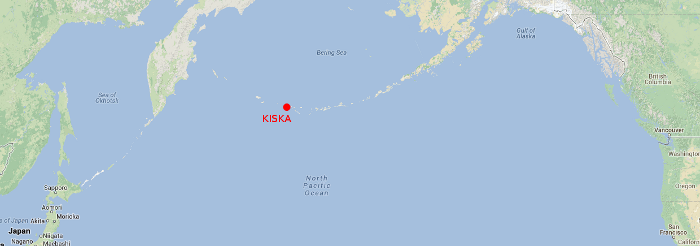
When regiments amalgamate, the shared knowledge of some threads of history are easily lost when the new regiment's name and badge follows one tradition and not another, or isn't replaced by a completely new name and badge. The loss comes when the telling of history, in classrooms and messes, and in printed works, focuses on a single line of the amalgamated regiment's past to the detriment or complete exclusion of other parts of the regiment's now shared history.
One of the regiments amalgamated with The Royal Canadian Regiment in the 1950s was The Canadian Fusiliers (City of London Regiment) (M.G.). The Fusiliers brought into this amalgamation a rich history of their own. Kiska is part of that story.
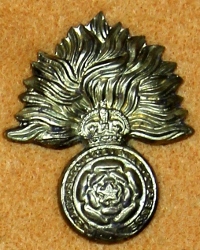 KISKA
KISKA
WAR IN THE ALEUTIANS
Excerpted from The Canadian Army; 1939-1945; An Official Historical Summary, by Colonel C.P. Stacey, OBE, AM, Ph., Director, Historical Section, General Staff (pp. 304 – 307)
As we have already seen, the Japanese invaded the Aleutian Islands in June 1942, opening the offensive with air attacks on the American base at Dutch Harbor on 3 and 4 June. They landed on both Kiska and Attu on the 7th of the month and proceeded to set up defences and establishments there. The force in the islands was gradually increased until in May 1943 there were 2500 troops on Attu and about 5400 on Kiska.
Even though. Kiska is nearly 3000 miles from Vancouver, this enemy incursion into the North American zone was necessarily a source of grave anxiety to Canada as well as the United States. The Americans immediately took counter-measures, launching heavy air attacks against the Japanese garrisons and operating against their communications with naval forces. United States troops occupied the island of Adak in August 1942 and Amchitka in the following January, thus obtaining advanced air bases close to their targets. We have now to review the assistance given by Canada to the United States in the action taken against the Japanese invaders.
At the time of the attacks on Dutch Harbor, one squadron of the Royal Canadian Air Force was already serving on Alaskan soil, at Annette Island in the southern tip of the Alaska panhandle—a position important to the defence of the Canadian port of Prince Rupert—and the despatch of further units to Alaska had been arranged with the U.S. authorities; two squadrons indeed were actually in transit. These were sent forward to Anchorage, and subsequently on to Umnak and Amchitka, and played their part in the attacks on the Japanese in the Aleutians. In addition, small forces of the Canadian Army served in Southern Alaska as a result of R.C.A.F. activity there. This was arranged by General Stuart, who arrived on the Pacific Coast on 30 May 1942. On 1 June the first detachment of Canadian anti-aircraft gunners reached Annette Island. The force there was ultimately built up to a light anti-aircraft battery, a heavy anti-aircraft troop, and an aerodrome defence company. Canadian soldiers remained on the island until 27 November 1943, by which time the Japanese had been cleared from the Aleutians and the threat to Alaska no longer existed.
THE ENTERPRISE AGAINST KISKA
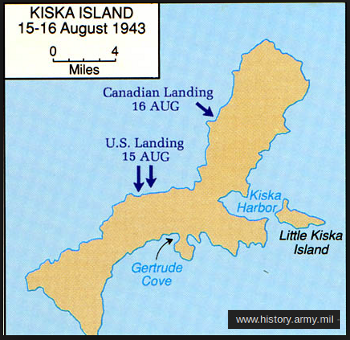 Bombing and blockade having proved inadequate means for evicting the Japanese from Attu and Kiska, the Americans in the spring of 1943 set about recovering the islands by ground assault. On 12 May United States troops landed on Attu, and one of the fiercest and nastiest battles of the war began. It ended in the complete annihilation of the Japanese defenders, who made their final Banzai charge on 28 May. They had numbered, as we have said, about 2500. The Americans took eleven prisoners; all the rest were killed in action or committed suicide. With Attu in Allied hands, the larger garrison in the more easterly island of Kiska was now in an extremely dangerous situation.
Bombing and blockade having proved inadequate means for evicting the Japanese from Attu and Kiska, the Americans in the spring of 1943 set about recovering the islands by ground assault. On 12 May United States troops landed on Attu, and one of the fiercest and nastiest battles of the war began. It ended in the complete annihilation of the Japanese defenders, who made their final Banzai charge on 28 May. They had numbered, as we have said, about 2500. The Americans took eleven prisoners; all the rest were killed in action or committed suicide. With Attu in Allied hands, the larger garrison in the more easterly island of Kiska was now in an extremely dangerous situation.
The possibility of the Canadian Army's helping in the Aleutian campaign was first discussed between Lieutenant-General J.L. De Witt, Commanding General of the U.S. Western Defence Command and Fourth Army, and Major-General G.R. Pearkes, V.C., G.O.C.-in-C. Pacific Command, in April 1943. When it was more formally discussed between Ottawa and Washington next month the American authorities welcomed the idea; definite proposals were formulated and approved, and on 3 June the Chief of the General. Staff telegraphed Pacific Command authorizing the organization of a brigade group to take part in the intended attack on Kiska. An experienced overseas brigade commander, Brigadier H.W. Foster, was brought back from England to take command.
The Canadian force was composed of the Headquarters of the 13th Infantry Brigade, with four infantry battalions: the Canadian Fusiliers, the Winnipeg Grenadiers (re-formed after the destruction of the active battalion at Hong Kong), the Rocky Mountain Rangers and Le Régiment de Hull. The 24th Field Regiment, Royal Canadian Artillery, and some smaller units and service detachments, completed the order of battle. All the units contained large numbers of "Home Defence" troops called up for compulsory service under the National Resources Mobilization Act; and a special order-in-council, dated 18 June 1943, authorized the employment of such troops in the Aleutians. The force was organized on American lines, with Le Régiment de Hull taking the place of a battalion of Combat Engineers which was provided in each parallel American formation. The headquarters of the Brigade was reorganized on the U.S. staff system, and the units were given a considerable amount of American equipment, all transport vehicles, in particular, being of U.S. pattern. In general, Canadian weapons were used.
The Canadian force, numbering exactly 4800 officers and men, sailed from Vancouver Island ports on 12 July in four U.S. transports. On the 21st the troops disembarked at Adak, the American base in the western Aleutians where they were to undergo specialized training. After three strenuous weeks of hardening training and combined exercises, the force re-embarked and the whole expedition sailed for Kiska on 13 August. The military force for the attack on the island amounted, including the Canadians, to over 34,000 men. It was commanded by Major-General C. H. Corlett, U.S. Army.
D Day for the Kiska assault was 15 August. The first troops ashore were to be those of the First Special Service Force, with its Canadian component. When the Special Service men landed, however, they met no resistance; nor did the Canadian brigade when it went ashore next day, nor any other element of the force. Although it was some time before the attackers were wholly certain of the fact, and the island (it is 25 miles long) was carefully searched, the Japanese were gone. They had evacuated Kiska over a fortnight before; the Allied blow had struck only the air. LINK FOR IMAGE - http://www.history.army.mil/brochures/aleut/aleut.htm
We now know that orders for the evacuation had been issued in Tokyo on 21 May, while the fighting on Attu was still in progress. For months past, the United States blockade of Kiska had prevented contact with the garrison by surface ship, and it was ordered that the withdrawal should be carried out by submarine; but after several submarines had been lost this attempt was abandoned and a force of light cruisers and destroyers was dispatched to do the work. It waited a considerable time for suitable weather, but on 28 July, under cover of fog, and favoured by the fact that the American blockaders had withdrawn to refuel, it dashed in to Kiska and in an incredibly short space of time (one Japanese account says forty-five minutes, another two hours) embarked the 5100 men still on the island and got safely away. During the period between the withdrawal and the Allied landings American warships repeatedly bombarded Kiska without bringing any reply from the shore guns, but their silence was interpreted as possibly the result of reluctance to give away their positions before an actual assault began.
The Canadian Brigade remained on Kiska (a station rendered disagreeable by fog, rain and savage wind) for more than three months. It was then withdrawn to British Columbia. The last Canadian troops left the island on 12 January 1944. So ended an enterprise which might have produced very bloody fighting, but which the enemy's discreet withdrawal turned into one of the great anti-climaxes of the war.
- Battle of Attu: 11-30 May 1943
- Relative strengths: 15000 US vs 2900 Japanese
- Casualties:
- US: 549 killed, 1148 wounded, 2100 evac for sickness/disease/eviro injuries
- Japanese: 2850+ killed; 29 POW
- Casualty rates
- US (killed, wounded, sick) – 25%
- Japanese – 100%
- Landing at Kiska: 15 Aug 1943
- Relative strengths:
- Allied forces: 34,426, including 5300 Canadians
- The Japanese garrison had been 5200 strong
- Assuming similar casualty rates to ATTU, KISKA casualties could have been:
- Allied – 25% – 8600 killed, wounded, sick; including 1300 Canadians
- Japanese – 100% – 5200
Posted by regimentalrogue
at 12:01 AM EDT
Updated: Sunday, 14 July 2013 12:03 AM EDT
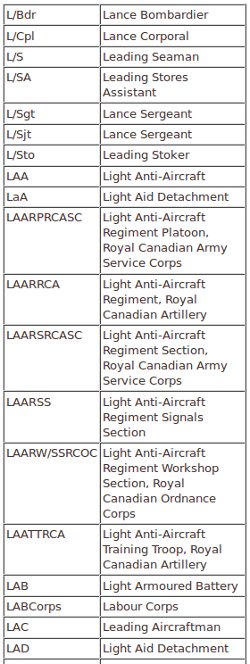 Once someone has acquired the service record of a Canadian soldier, sailor or airman of the First World War or the Second World War from Library and Archives Canada, there remains the challenge to decipher the contents. That the military has a cryptic and steadily changing system of abbreviations for unit titles, personnel statuses and training establishments probably surprises none, but the bewildering variety can be a daunting hurdle for any genealogical researcher to untangle as they try to figure out where Uncle Albert trained and with what units he served.
Once someone has acquired the service record of a Canadian soldier, sailor or airman of the First World War or the Second World War from Library and Archives Canada, there remains the challenge to decipher the contents. That the military has a cryptic and steadily changing system of abbreviations for unit titles, personnel statuses and training establishments probably surprises none, but the bewildering variety can be a daunting hurdle for any genealogical researcher to untangle as they try to figure out where Uncle Albert trained and with what units he served.


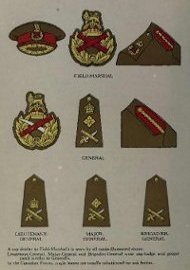
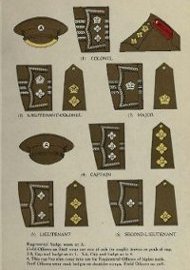
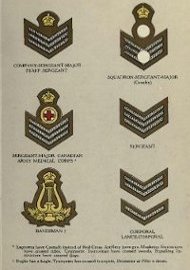
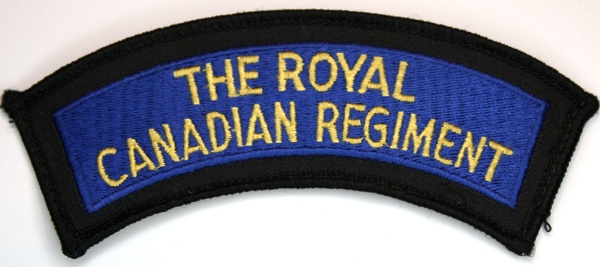

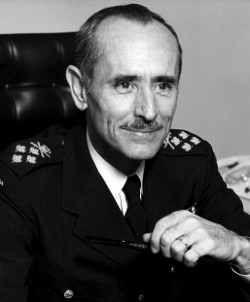 Leadership is self-perpetuating—at least is should be. This means that you, as a leader, have a solmn responsibility to develop leadership in your subordinates. Remember that all of them sooner or later will have to lead others. The best way for you to teach them, of course, is by example, hopefully by good example.
Leadership is self-perpetuating—at least is should be. This means that you, as a leader, have a solmn responsibility to develop leadership in your subordinates. Remember that all of them sooner or later will have to lead others. The best way for you to teach them, of course, is by example, hopefully by good example. 
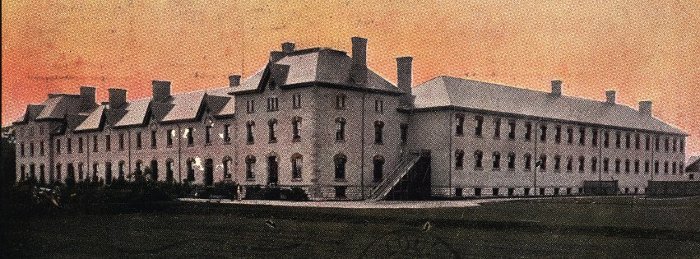
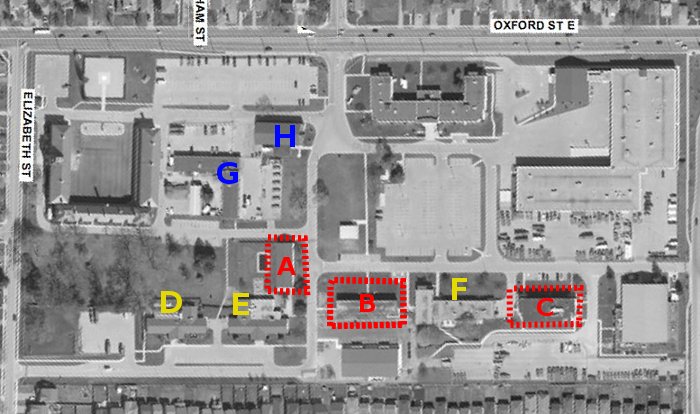
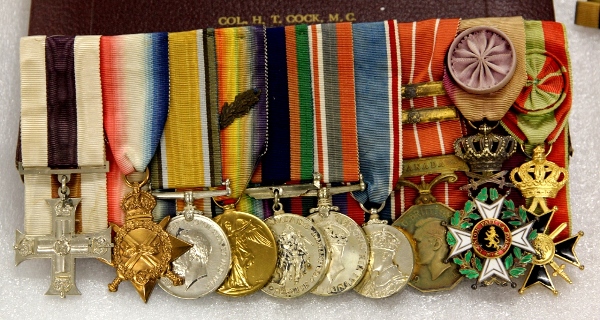
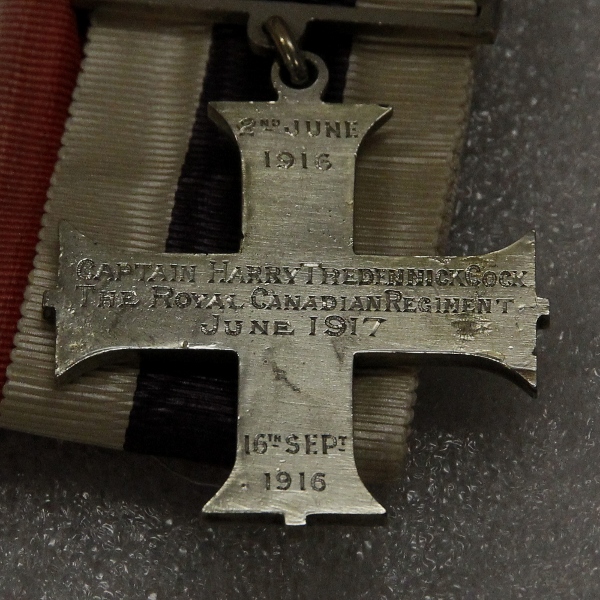

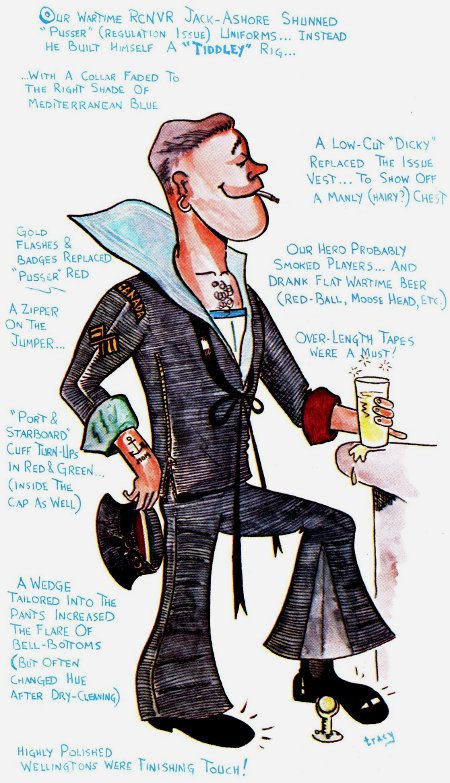
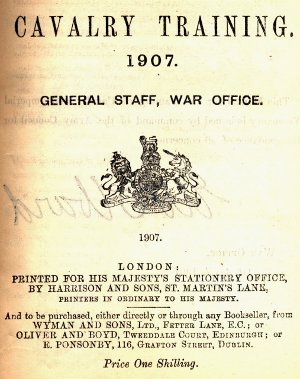 S. 142. – The Command and Leading of Cavalry
S. 142. – The Command and Leading of Cavalry
 KISKA
KISKA Bombing and blockade having proved inadequate means for evicting the Japanese from Attu and Kiska, the Americans in the spring of 1943 set about recovering the islands by ground assault. On 12 May United States troops landed on Attu, and one of the fiercest and nastiest battles of the war began. It ended in the complete annihilation of the Japanese defenders, who made their final Banzai charge on 28 May. They had numbered, as we have said, about 2500. The Americans took eleven prisoners; all the rest were killed in action or committed suicide. With Attu in Allied hands, the larger garrison in the more easterly island of Kiska was now in an extremely dangerous situation.
Bombing and blockade having proved inadequate means for evicting the Japanese from Attu and Kiska, the Americans in the spring of 1943 set about recovering the islands by ground assault. On 12 May United States troops landed on Attu, and one of the fiercest and nastiest battles of the war began. It ended in the complete annihilation of the Japanese defenders, who made their final Banzai charge on 28 May. They had numbered, as we have said, about 2500. The Americans took eleven prisoners; all the rest were killed in action or committed suicide. With Attu in Allied hands, the larger garrison in the more easterly island of Kiska was now in an extremely dangerous situation. 
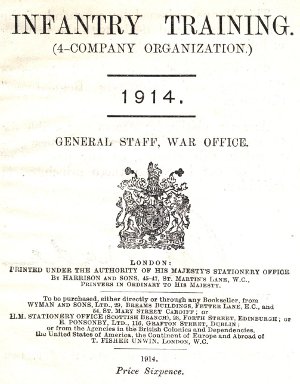 Infantry Training, 1914
Infantry Training, 1914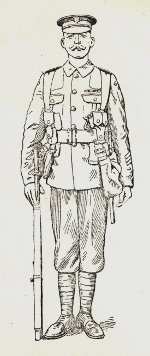 1. The instructor should be clear, firm, concise, and patient; he must make allowance for the different capacities of the men, and avoid discouraging nervous recruits; he must remember that much may be taught by personal example, and that careful individual instruction is the best means of developing the intelligence.
1. The instructor should be clear, firm, concise, and patient; he must make allowance for the different capacities of the men, and avoid discouraging nervous recruits; he must remember that much may be taught by personal example, and that careful individual instruction is the best means of developing the intelligence.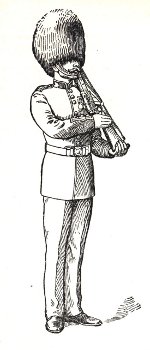 1. Commands will be pronounced distinctly, and sufficiently loud to be heard by all concerned.
1. Commands will be pronounced distinctly, and sufficiently loud to be heard by all concerned.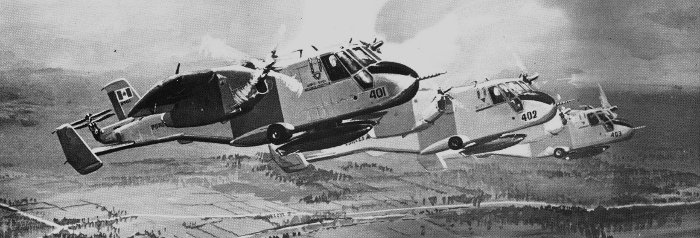
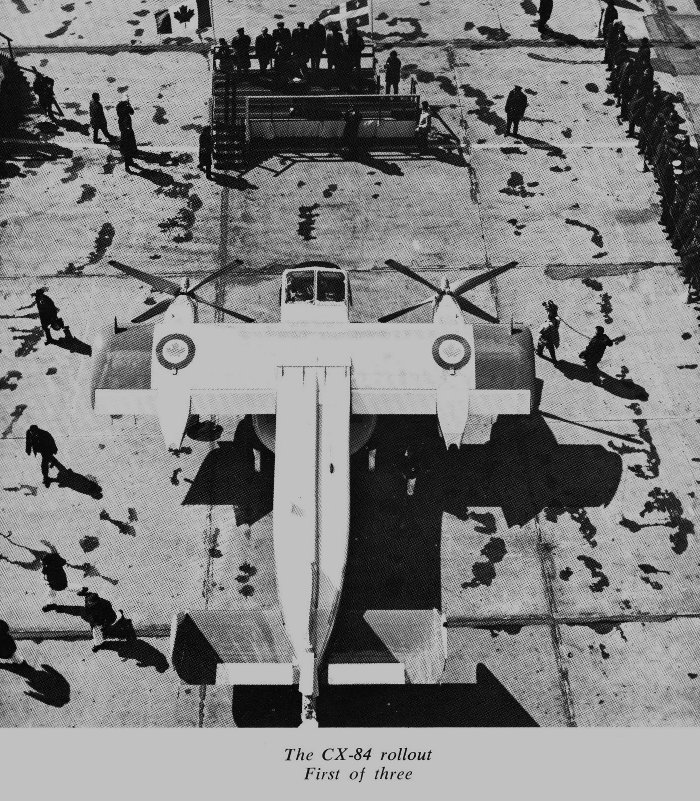


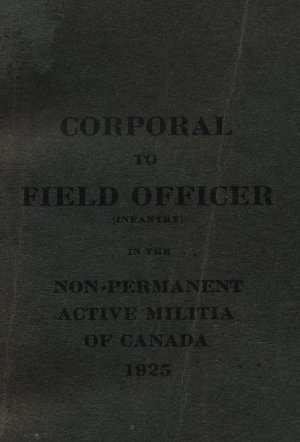
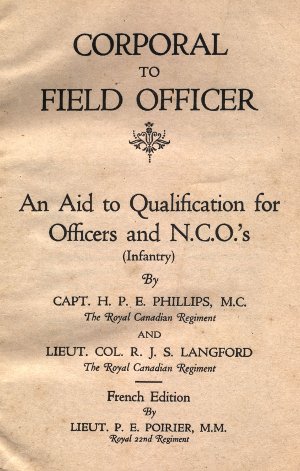
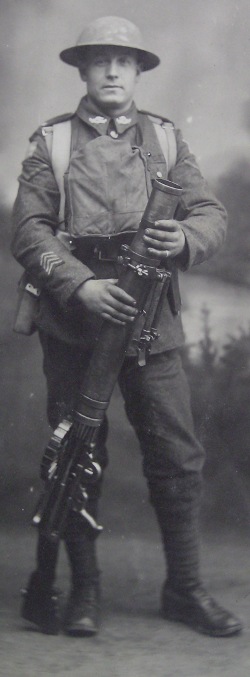
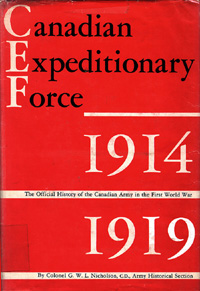
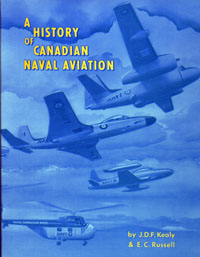
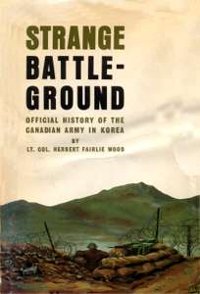

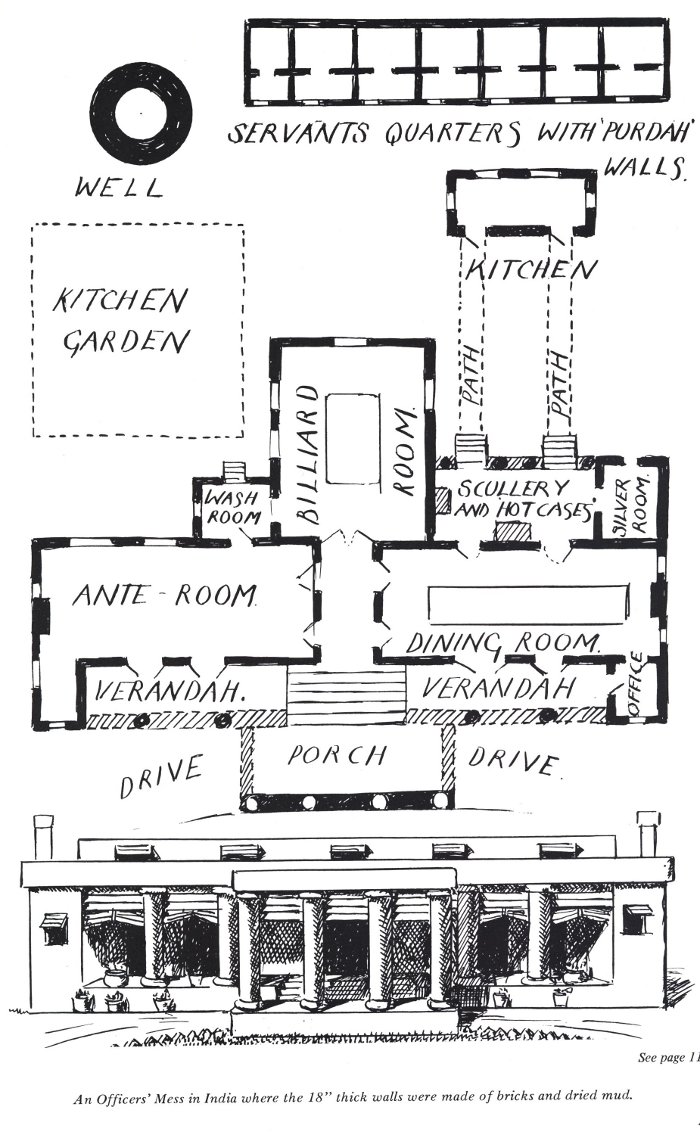
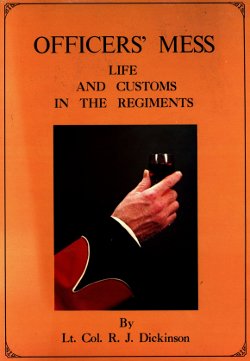

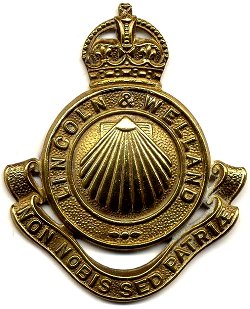 1. He wants to follow a leader who is not afraid … not afraid of his position, not afraid of his own boss, not afraid of a tough job, not afraid of the people who work for him, not afraid of honest mistakes—either theirs of his.
1. He wants to follow a leader who is not afraid … not afraid of his position, not afraid of his own boss, not afraid of a tough job, not afraid of the people who work for him, not afraid of honest mistakes—either theirs of his.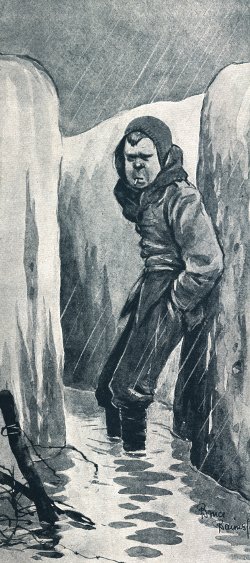
 Library and Archives Canada holds multiple records and files for the First World War (1914–1918), mostly for the Canadian Expeditionary Force (CEF). It is necessary to consider all of these records together in order to fully understand the Canadian contribution to this war. The Guide to Sources Relating to Units of the Canadian Expeditionary Force is a unique finding aid that brings together references to records and files scattered throughout several fonds, which relate to almost every unit in the CEF.
Library and Archives Canada holds multiple records and files for the First World War (1914–1918), mostly for the Canadian Expeditionary Force (CEF). It is necessary to consider all of these records together in order to fully understand the Canadian contribution to this war. The Guide to Sources Relating to Units of the Canadian Expeditionary Force is a unique finding aid that brings together references to records and files scattered throughout several fonds, which relate to almost every unit in the CEF.